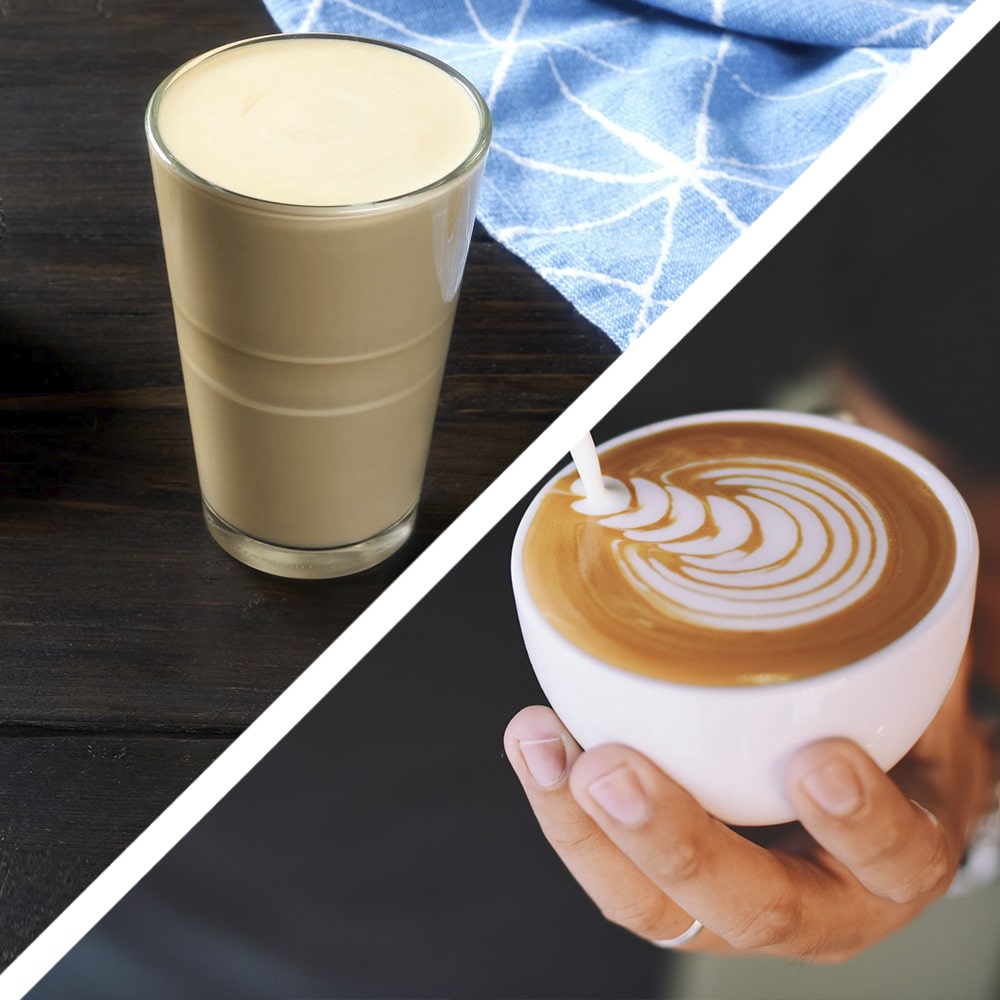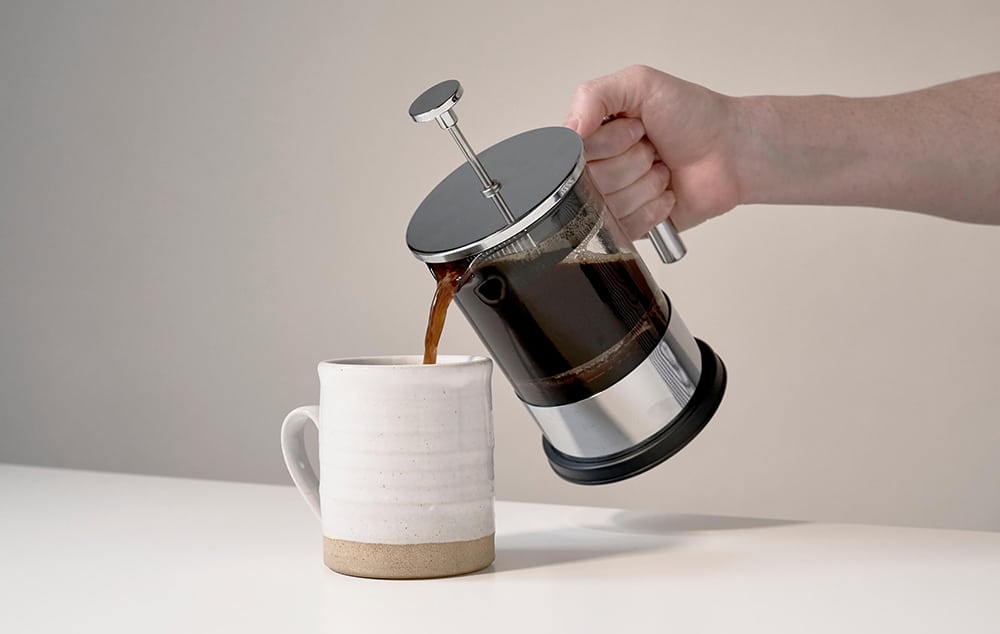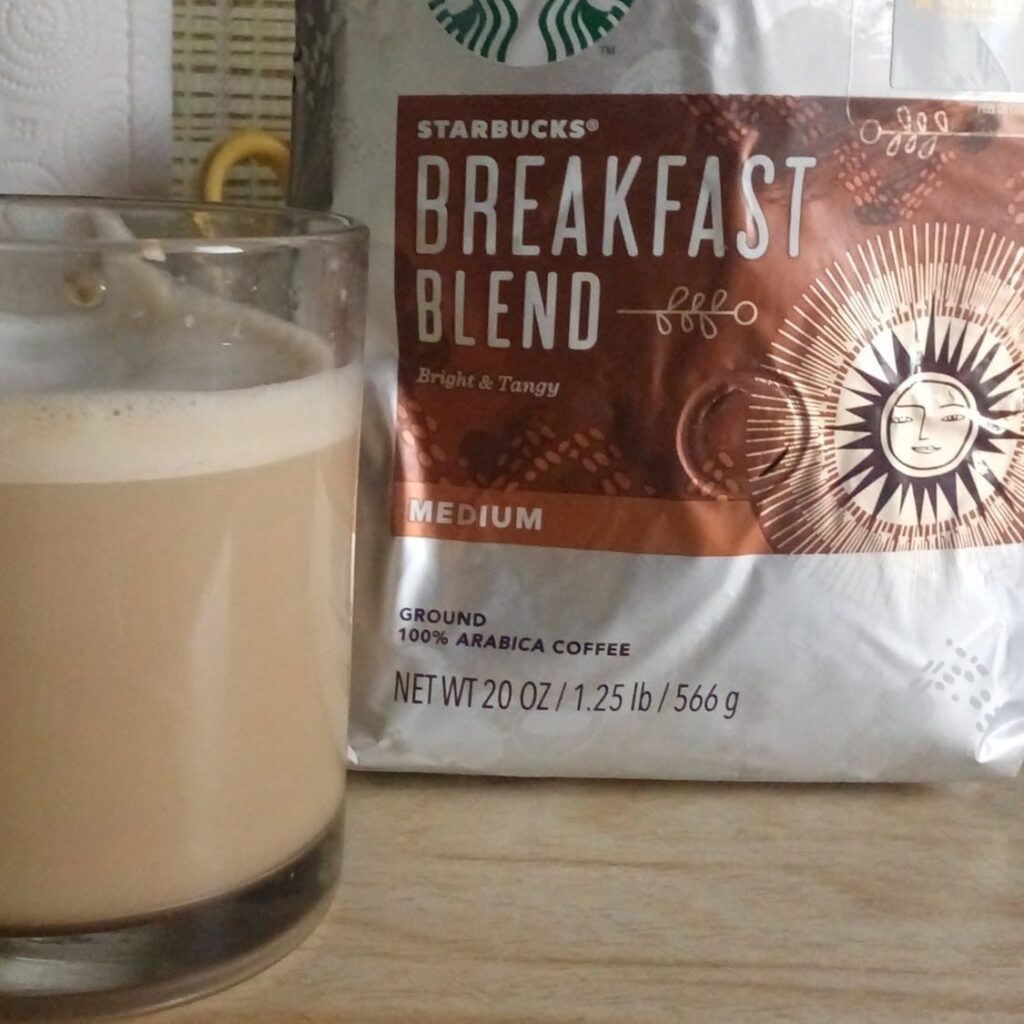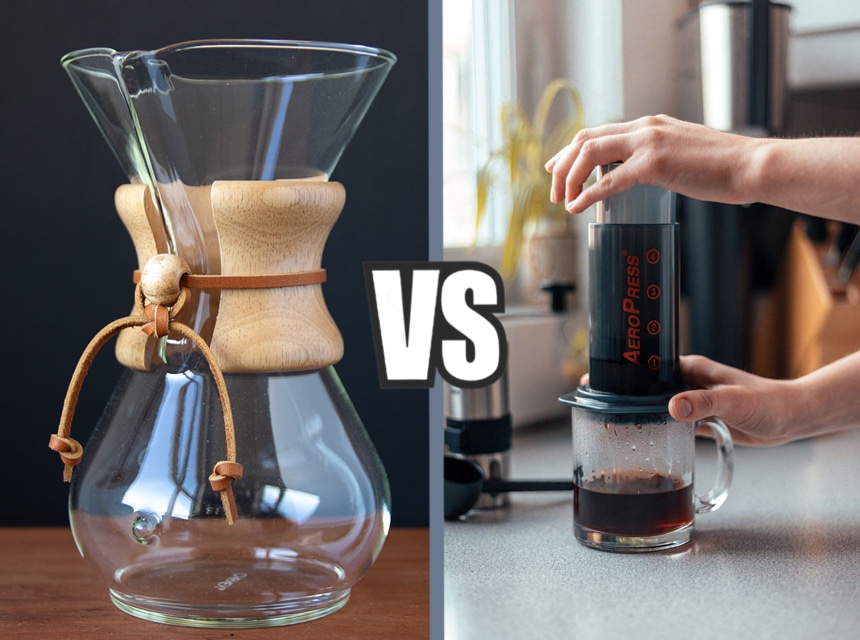

You might have seen coffee bloom loads of times when you are preparing coffee. What does it mean for the coffee? In this guide, we’re answering your questions about how to spot blooming coffee and what impact it tends to have on your drink.
Coffee bloom is one of those phenomena we get when making coffee that a lot of people don’t fully understand (even though they might pretend to) so we’ve tried to demystify it below and show you how you can even work out the freshness of your drink.
The bloom of coffee is when the gases that get trapped in the bean when it is roasted are released. The CO2 that has been inside the coffee will start to leak out, and the hot water you’re adding to your coffee bloom in one of the best pour over coffee makers, or a French press will push the gas outwards. This is something you can see happening.
Coffee bloom happens with freshly roasted coffee. Full bloom coffee means that you’re going to get plenty of gas and smell coming out of the bean when you add water after using a grinder.
If there’s not much gas in the coffee it suggests that it is actually pretty stale. If you don’t see blooming coffee, and bubbles of gas coming out of the coffee, then there is every chance it has been sitting there for some time going stale and therefore won’t taste anything like as nice.
Freshness is just one of the factors that comes into play when you are making coffee, but it is almost always much nicer to enjoy fresh coffee.
The grinding and then coffee preparation make the gases that get trapped during roasting spill out and rise from the coffee, giving a blooming effect. The grinding process does a bit of the work, but the heat causes expansion which is where the gas really starts to leak out. Coffee off gas can be understood more if you want to read up on the science Trusted Source Why does coffee off-gas? | Cafe Altura Organic Coffee At a fundamental level, off-gassing is the release of gases and other volatile aromatic compounds from roasted coffee beans. Learn more! cafealtura.com , but the basic thing to remember is that heat makes it escape from the beans.
So, if you’ve bought your coffee in a bag, pe-ground, within a couple of weeks the coffee gases really start to disappear and you won’t see your coffee blooming.
Coffee bloom can look different depending on the preparation method, or other factors you may not have even considered. Let’s delve into the different things that make coffee bloom differently.
If beans have been stored somewhere that is already hot then there’s a chance that the gases will have pretty much all escaped beforehand. Store coffee in a cool place, but not in the refrigerator as it can end up tasting like whatever leftovers you have in there. A cool and dark cupboard will usually suffice.
Dry areas also tend to encourage the gas to leak out of the beans quicker and don’t keep your coffee as fresh. A good level of humidity Trusted Source The Importance of Humidity Control in Coffee Storage Facilities - Polygon Group Humidity plays an important role in the storage of coffee beans. Stable conditions with proper ventilation and insulation are the best ways to combat humidity www.polygongroup.com can keep coffee fresh, and in a position where it can bloom, for longer.
It makes perfect sense, really. The gases are trapped during roasting, so darker roasts tend to trap more in. However, it may also make it slower to release these gases, so you get a very different look and feel.
All beans behave a little differently, which is one of the things we find so fascinating. The variety of beans can make a huge difference to the coffee flavor, but also to the way it blossom.
Harder varieties of bean keep the gas trapped inside for much longer. Makes perfect sense when you think about it. Of course, the bean hardness is linked to the type and varietal of the coffee.
There are different ways to bloom coffee, and your preparation method will prove to be one of the determining factors.
Using a 55 grams per liter ratio, add hot water to cover the ground coffee and allow it to ‘bloom’ and release all of those gases. You can then stir, and add the remainder of your water after around 30-40 seconds. Letting it bloom can release all of that gas.
A pour over coffee maker is one of the easiest ways to bloom coffee. Your coffee will be sitting in a filter first, and then you will add enough water to completely cover the beans, usually by pouring in a circular motion around the coffee.
Use about 55 grams per liter compared to the amount of water you plan to use, and wait for the coffee to do its thing. You should see it foaming and blooming.
A drip coffee maker can be harder to make bloom, but it is possible. You may be able to recreate the steps of a pour over by first pouring the hot water (in the same ratio) onto the ground coffee beans and watching it bloom, before completing the rest of the process post-bloom. If you have a cradle for the ground coffee, you may need to manually bloom in this part rather than letting it do the automatic drip cycle.
To bloom cold brew, first add a cup of hot water to the ground coffee beans, before topping it up with cold water after the bloom, and letting the brew continue for the next 12-24 hours. Technically, you’re not doing the whole brew “cold” but this can be a good way to enjoy the benefits of blooming coffee first.
This is actually called pre-infusing rather than coffee bloom when you do it in a manual espresso machine.
Lift your lever into position and start to pull water through, get a tiny bit of espresso to trickle through, and then let the basket pull and do a half-pull, around 30 seconds. This should have pre-moistened the coffee and allowed you to take on the benefits of a ‘bloom’ before doing the full pull through and getting your standard shot of espresso. To get the best results from this process, we recommend you to read our in-detail review of the best manual espresso machines.
It’s a good idea to learn a little about coffee bloom and how you can use it to your advantage. By blooming coffee first you can make space for the water to properly soak through and brew in a way that extracts all of those delicious flavors. You’ve probably seen coffee bloom before, but now you can understand exactly what it means and how you can make your coffee bloom, whatever the preparation method.





